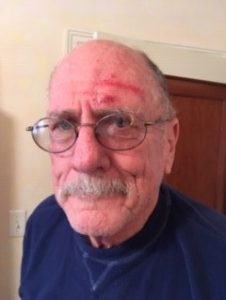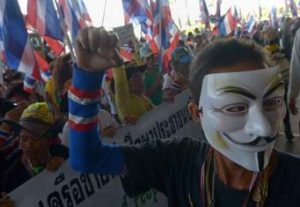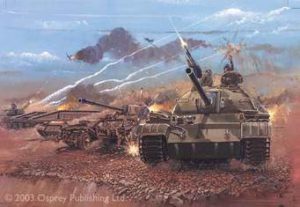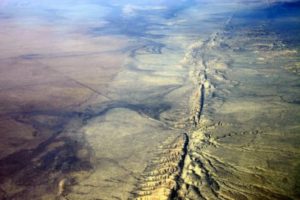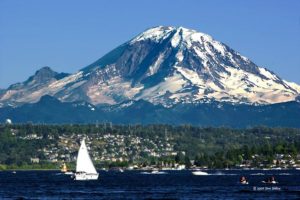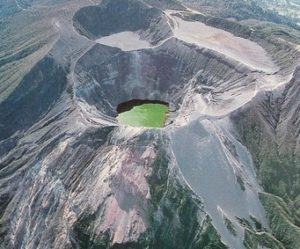Sleeping Injury
A few weeks ago I suffered a sleeping injury. I was dreaming I was with a truck convoy heading south from Denver. There were many identical white trucks. I was one of the leaders.
South of Pueblo we passed some spectacular scenery looking like the red rock country in Utah.
We got into New Mexico and stopped for the night in a long tunnel. I was asleep in the cab of my tractor-trailer rig when I woke up to see five entities coming toward me. Four were translucent white, gliding along the tunnel. The fifth was solid black. They passed my truck than the black one turned and came directly toward me. I screamed and bailed out of the truck.
The problem was I was not in a big truck, but in bed. I must have been on my knees when I dove, because there was a loud crack when my head hit the floor and woke me up. I sustained a carpet burn on my forehead and a concussion. The carpet burn healed in a few days, no big deal.
The concussion was another matter. I had some severe vertigo for a few days when I couldn’t stay upright. I also had a steady headache and was sort of foggy. The vertigo diminished, and the doctor gave me an exercise which eliminated it entirely. The headache persisted for about three weeks. The pain was about a four on a scale of one to ten.
The doctor told me to avoid bright light, including a computer screen, meaning I couldn’t write. I don’t think I could have put something together anyway. I rattled around the house and slept a lot. I am mostly back to normal (whatever that is) now and back to my normal routine.
My scream woke my wife up and I dazedly crawled back into bed. I have had intense dreams before, including some motion, but I never leaped out of bed. In talking to other people, the events are relatively common. One guy gets so violent in his dreams he has to sleep in a mummy sleeping bag to prevent damaging anything.
What does the dream mean? I am told it probably means I have cleared some issues in my life up, but a big one remains. I am slow to catch on to this stuff so it takes a whack on the head for me to get it. I don’t like malevolent black ghosts scaring me out of bed. Yes, I know what the issue is but I’m not telling.
